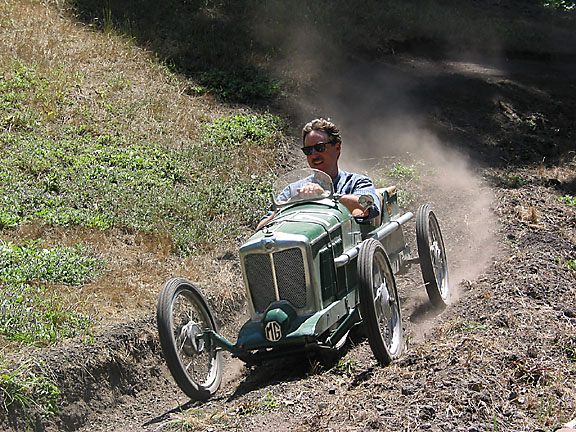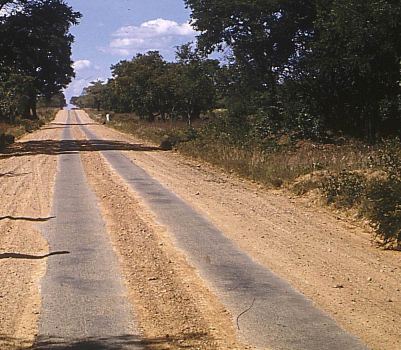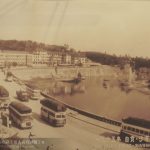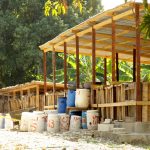Stop searching. They don’t exist anymore.
The Rest Saving the West
Our fellows in the first world often come to visit and give us their well intentioned but often very problematic “solutions”. We thought, why don’t we pay back? Dx1W is a competition for designers, artists, scientists, makers and thinkers in developing countries to provide solutions for First World problems. Design for the first world. Via Wired.
DIY Replicas of 1930s Race Cars
CycleKarts are small, lightweight, nimble machines made by their drivers for the pursuit of motoring sport. They’re not serious speed-machines or status-generating show cars. They’re purely for the gritty fun and satisfaction of tearing around in a machine you’ve built yourself. Their name originated from the use of bicycle or motorcycle tyres. More.
Related: How to make an adult soapbox kart.
Has There Been Progress Since 1250?
“Even in backward mining communities, as late as the sixteenth century more than half the recorded days were holidays; while for Europe as a whole, the total number of holidays, including Sunday, came to 189, a number even greater than those enjoyed by Imperial Rome. Nothing more clearly indicates a surplus of food and human energy, if not material goods. Modern labor-saving devices have as yet done no better.”
Quoted from “Myth of the Machine : Technics and Human Development“, Lewis Mumford, 1967.
Automatic Line Fishing in River Volga, Russia (1861)
To fish for the white sheatfish in winter on the River Volga, a fishing hook was fastened to the end of a long lever by means of a short line. The lever rested with its centre on a block and had a counterweight on the other end. The gear was so arranged that the lever arm carrying the fish hook was pulled downwards and fastened to a support frozen in the ice. If the fish took the hook, it released the support by its movements and was then tossed by the counterweight onto the ice.
Quoted from “Fish Catching Methods of the World“, Otto Gabriel, 2005. Excerpts.
Peak Asphalt: the Return of Gravel Roads
“Gravel roads don’t mean the end of transportation. We’ll just have to slow down considerably, and that may not be a bad thing.”
Read: The return of gravel roads.
Picture: a strip road.








